Customer loyalty is a fundamental part of any company's marketing strategy since keeping customers satisfied and retaining them is much easier and less costly than acquiring new ones.
The subscription model is a business strategy centered on creating long-term customer loyalty and recurring revenue generation. It can be adapted to B2B and B2C companies. In this post, we'll explain more about what it is and how to implement it in your company.

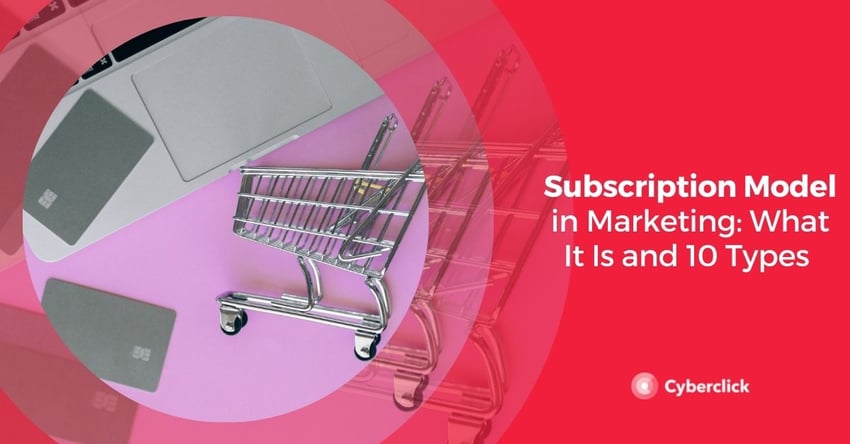
What Is a Subscription Model?
The subscription model consists of selling products, services, or content to customers on a certain frequency in exchange for a recurring fee (e.g. monthly, quarterly, or annually). Gyms are an example of companies that have been using this model for a long time. In recent years, however, it has expanded to all kinds of physical and digital products and services, from streaming platforms to jewelry, wine, and meal-prep kits delivered straight to your door.
For businesses, the subscription model creates recurring revenue, which helps stabilize cash flow and facilitates long-term growth. For users, it makes the user experience easy and convenient. If they have a subscription that renews automatically, they don't have to worry about doing it themselves.
Below are a few examples of subscription types:
-
Content: This type of subscription has become very popular thanks to streaming services. The customer pays a monthly fee in exchange for access to a catalog of online content. There are also physical versions, such as newspaper or magazine subscriptions.
-
Physical products: With this model, the customer receives the chosen product at home. These are normally associated with products that can be consumed, like cosmetics or food.
-
Digital products: This type of subscription is very popular in B2B services, for example, CRM solutions, online file storage, SEO and SEM tools, and so on.
-
Services: These are subscriptions that the customer pays for in exchange for using a service, like a gym.
Pros and Cons of the Subscription Model
You may be wondering if the subscription model is right for your company. The truth is that it is a very versatile option to generate loyalty that can be adapted to different businesses, but it also has some drawbacks that you should take into account. Let's look at the pros and cons.
Pros of the Subscription Model
-
Predictable revenue: Although it's tough to predict the exact number of registrations and cancellations you might get per month/quarter/year, having users who have committed for a certain period of time allows you to estimate your revenue more accurately.
-
Increased revenue: Customers typically spend more than they would if they had to repeat the purchase each time. With the subscription model, the resistance factor is reversed: instead of making an effort to buy, the customer has to make an effort not to buy.
-
Elevated user experience: When you have a product that runs out after a certain period of time (e.g. personal hygiene products, food supplements, etc.), having a regular subscription means that the customer forgets the hassle of restocking and always has what he or she needs at home.
-
Promotion of new products: Home-delivery subscriptions like cosmetics or pet care products provide the perfect opportunity to promote any new or recently launched products.
-
Personalization: In many cases, the customers can choose the level of service or type of products they receive, making the experience more tailored to their needs.
-
Easy access to more content: Content subscription services allow the user to enjoy a huge library of content with just a few clicks from any connected device.
Cons of the Subscription Model
- Initial investment: Normally, creating the service or product as well as the subscription platform requires a heavy investment of time, money, and resources that can take a long time to pay off.
- Maintaining the value provided: It is crucial to maintain the interest and loyalty of the subscriber by offering new content or products on a consistent basis.
- Lack of scalability: You must carefully assess whether your business is really scalable or whether each additional customer comes with a costly investment.
- Competition with free options: This problem is especially present in content-based subscriptions. If the user perceives that he or she can find free alternatives with little effort, it will be more difficult to attract that user.
How to Implement a Successful Subscription Model in Your Company
1. Define Your Offer
There are many products and services that can be adapted to a subscription model, but for it to be successful, you need to consider what value you offer your customers and how subscriptions fit with your brand.
Think about what the customer needs, why he or she would want to enjoy your product or service, and what you can provide to keep the subscription valuable.
2. Define Your Pricing Strategy
The subscription price can be a barrier to entry for customers, as they may be reluctant to commit to a long-term and recurrent expense. Here are some strategies to consider:
-
Free samples: One of the most commonly used tactics to attract customers is to offer the subscription for free for a period of time so that the customer can try it before committing. This allows the user to form credibility with your product or service.
-
Freemium model: This consists of launching a free version of the product with limited functions and encouraging the user to subscribe to the paid version to be able to use the rest of the features. It is important to strike a balance between creating a free version that is attractive enough to attract users, but not enough for most of them.
-
Different payment levels: Another widely used strategy is to define several different price levels, from a basic to a premium version, to adapt to the needs of different users. Keep in mind that payment providers usually charge a minimum fee per transaction, so the basic version will be less profitable.
3. Carefully Design the Onboarding Process
The customer experience during the first 30 days of a subscription is crucial.
To convince customers that they have made the right decision, take note of these recommendations:
- Clearly define all of the steps needed to sign up and start using the product or service.
- Clearly explain all the available options and the advantages of each.
- Focus on pleasing the new subscriber and generating enthusiasm for your brand.
4. Loyalty to Your Superusers
Superusers are the customers who remain subscribed for the longest time and recommend the subscription to others. Given their potential to generate revenue, it is important to identify them and reward them with extra benefits, such as a loyalty program.
Remember that to keep subscribers satisfied over time, you will need to invest in resources to keep providing value and ensure that the system works perfectly. A mistake in the payment process, for example, could cost you a good number of subscriptions.
4 Examples of Companies Using the Subscription Model
1. Mud Jeans
This Dutch company has a subscription model for renting sustainable jeans. This is a good example of creating user loyalty around trying different apparel.
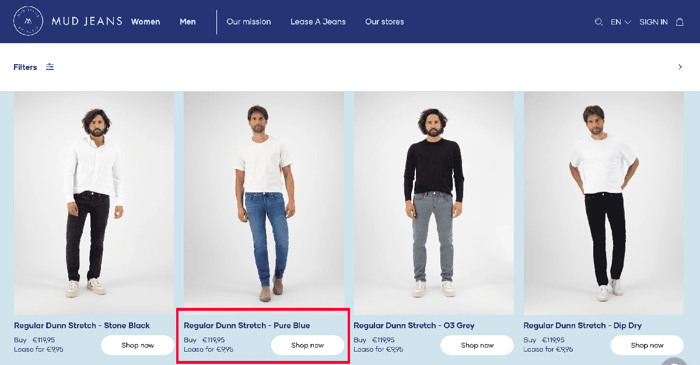
2. Dollar Shave Club
This company, which became famous for its hilarious viral ads, popularized the concept of sending subscription shaving products to customers' homes.
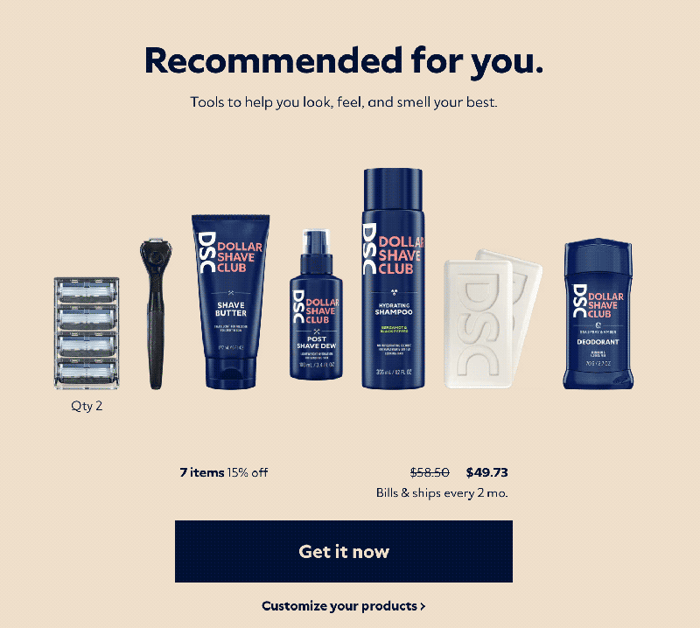
3. Genius Box
This award-winning American brand sends out a monthly box of science experiments for kids ages 8-12.
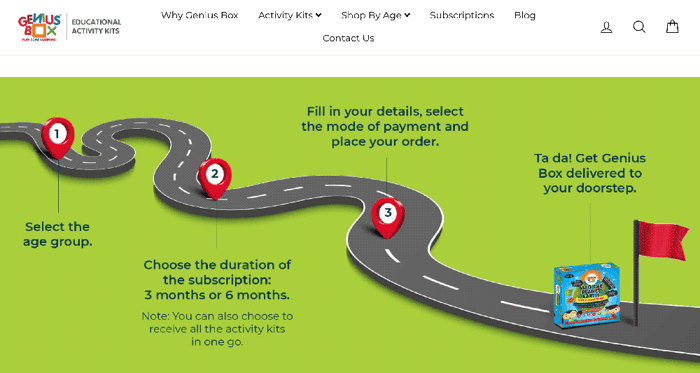
4. HubSpot
HubSpot is a leading B2B inbound marketing company that offers different solutions and pricing structures for companies.
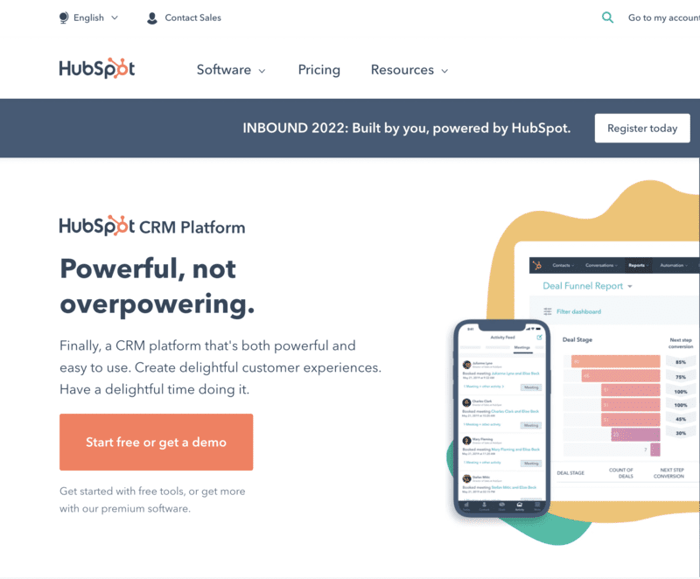
Es Licenciada en Economía y Derecho por la Universidad Pompeu Fabra. Está especializada en acciones integrales de marketing online para la generación de leads y en la planificación de campañas de e-mail marketing, Mobile Marketing, Content Advertising y Social Media.
Nerea holds a degree in Economics and Law from Pompeu Fabra University. She specializes in comprehensive online marketing actions for lead generation and in planning e-mail marketing, Mobile Marketing, Content Advertising and Social Media campaigns.


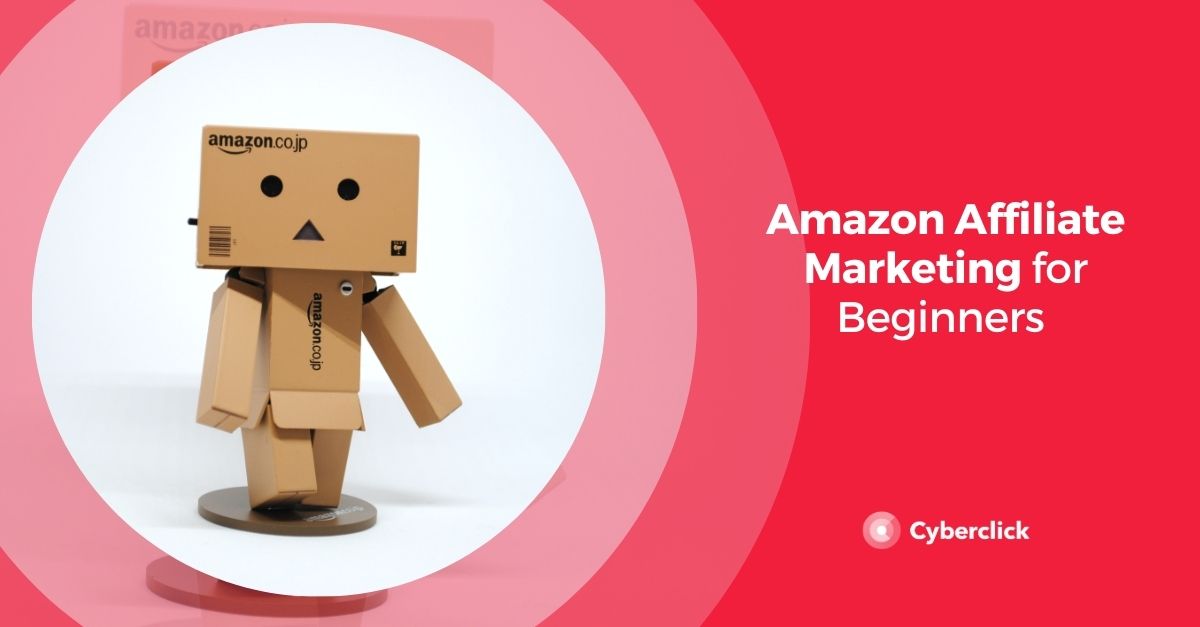
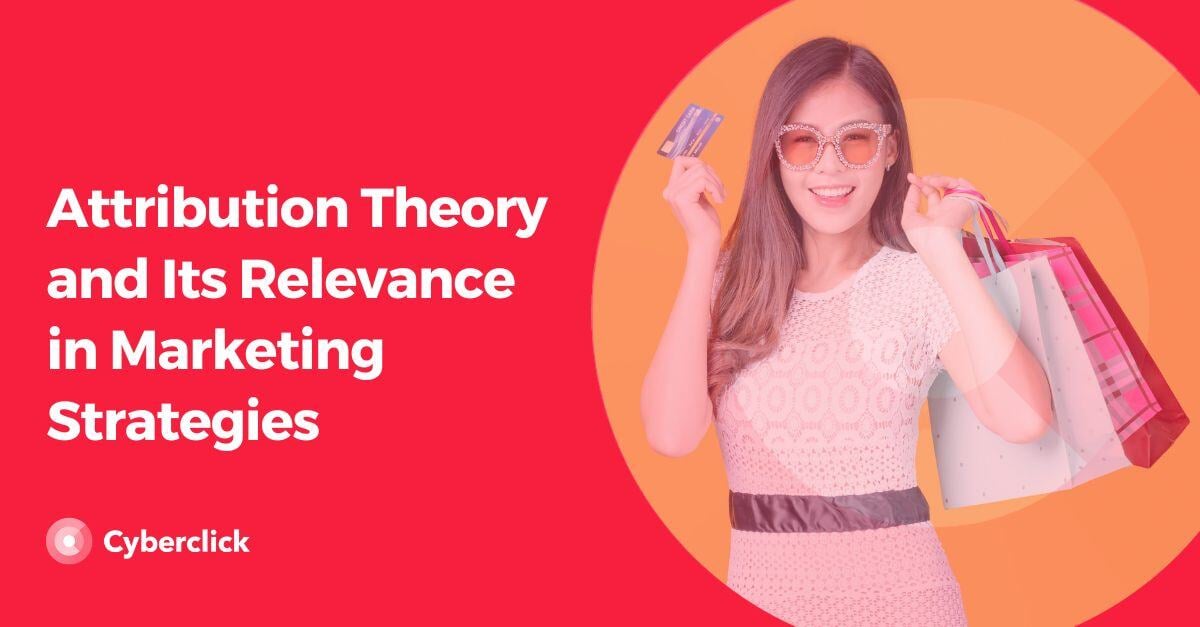

Leave your comment and join the conversation